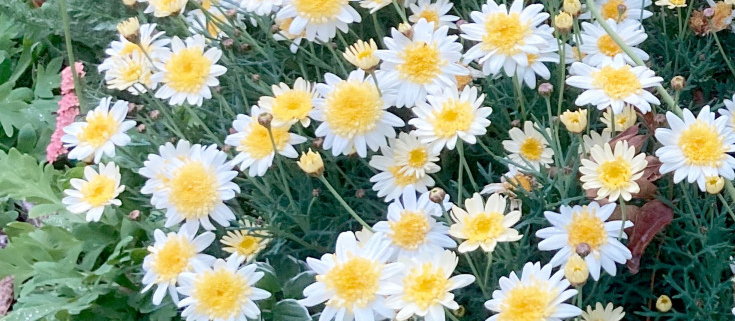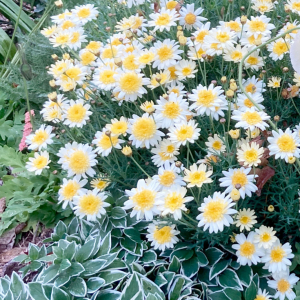Preparing for spring
Well, here we are in the last month of winter and spring just around the corner and, with it, the start of the gardening year. New growth appears on deciduous plants, perennials wake after their enforced winter hibernation and bulbs pop up everywhere as new life begins.Well, here we are in the last month of winter and spring just around the corner and, with it, the start of the gardening year. New growth appears on deciduous plants, perennials wake after their enforced winter hibernation and bulbs pop up everywhere as new life begins.
As I write this, COVID has caused a few problems but one thing is for sure – gardening is a great way to keep us safe both physically and mentally.
The next couple of months involves many tasks in the garden including the preparation and planting of the spring vegetable garden, planting of flowering annuals and the completion of late winter and early spring chores that need finalising before too much new growth appears on plants.
The pruning of deciduous fruit trees and roses should be close to being completed. Winter spraying must have been completed and, if not, just check that the buds are showing a slight colour and have not burst. If they have burst, then you have missed the boat and any spraying with a winter spray could burn the blossom leading to no or very minimal fruit set.
New growth on roses and fruit trees is a delicious target for aphids so keep an eye out for them. Spray with an organic insecticide and there are several of these available.
The vegetable garden should be getting the finishing touches prior to planting. Initially the garden should be dug over to spade depth and a spreading of lime (500 gms per square metre) all over applied. Some well-rotted cow or poultry manure can be added and forked in.
When growing vegetables, it is important to practice crop rotation. By this I mean try not to plant the type of vegetable in the same position as you did last season. This applies particularly to tomatoes and potatoes as these two groups of plants are in the same family and any pests or diseases lying dormant in the soil could cause problems with this season’s new crop.
Be aware that the soil in August and September can still be fairly cold, so there is no great benefit in planting too early. Plants need warmer soils to start growing and although they will survive, they just will not grow. An old gardener’s rule is to plant the garden over the October long weekend but still cover the plants at night, particularly tomatoes.
When setting out the garden, plant taller vegetables like corn and tomatoes on the side of the garden that is less likely to shade the rest of the garden.
For more permanent kitchen crops like herbs, it is important to remember that there are three main categories of herbs. There are moisture lovers, like mints and coriander, the dry garden herbs, like parsley, sage, rosemary and the thymes, and the leafy forms, like the perpetual lettuce, spinach and more of the leafy herbs, that require more fertile soil. It is good garden practise to plant your herbs in these groups so that you can ensure that each group receives the nutrients and water it requires.
This month will see the last chance to plant bare-rooted fruit trees and roses and, as I have said many times, it is absolutely important you pay particular attention to the condition of the plants you are about to purchase. Poorly-stored plants in retail situations can allow the root systems to dry out and if this has happened the chance of the plant failing to reshoot is high. Look for plants that show no sign of the bark shrivelling and check that the roots are not too dry. If there is any indication of this, leave the plants alone. No matter what the discounted price might be they will be a failure.
Ensure when planting these new plants, to prepare the soil well and water in.
Anyway, now you have all the information you had better get out and get on with it. Till next time – happy planting.



